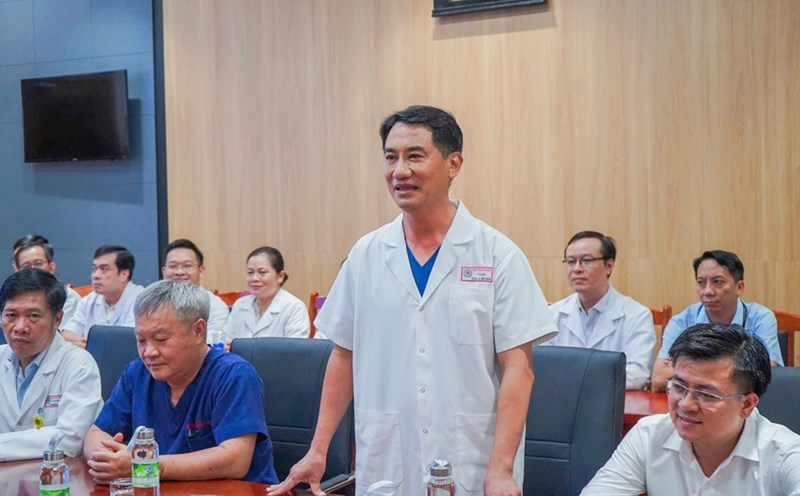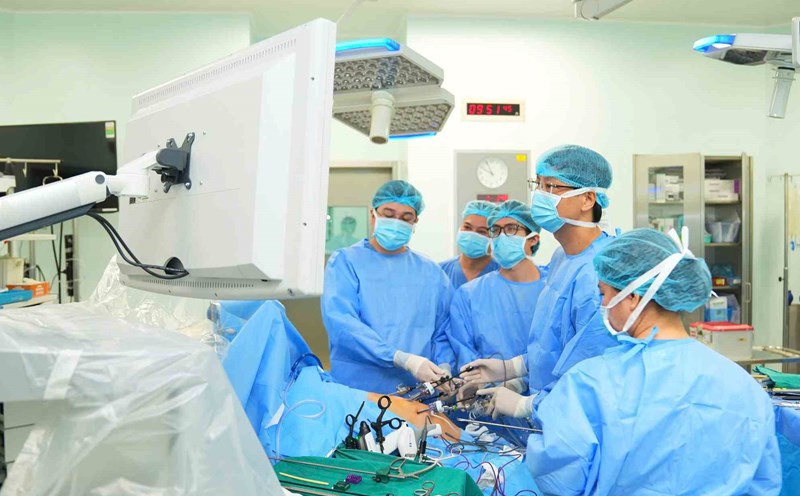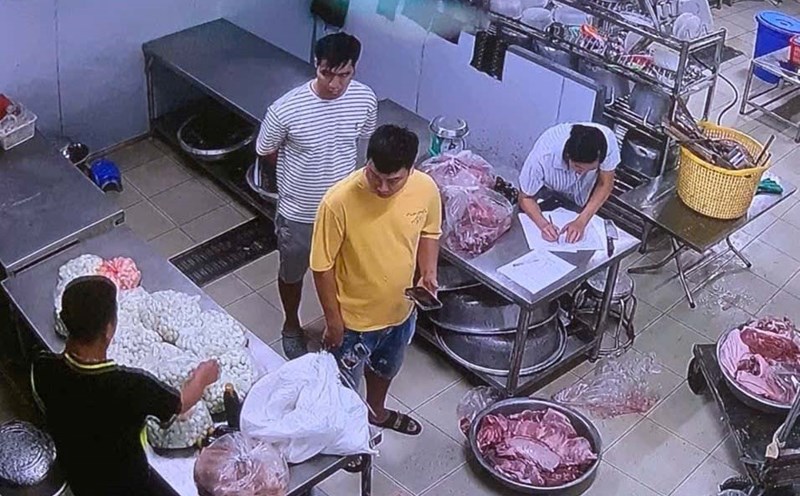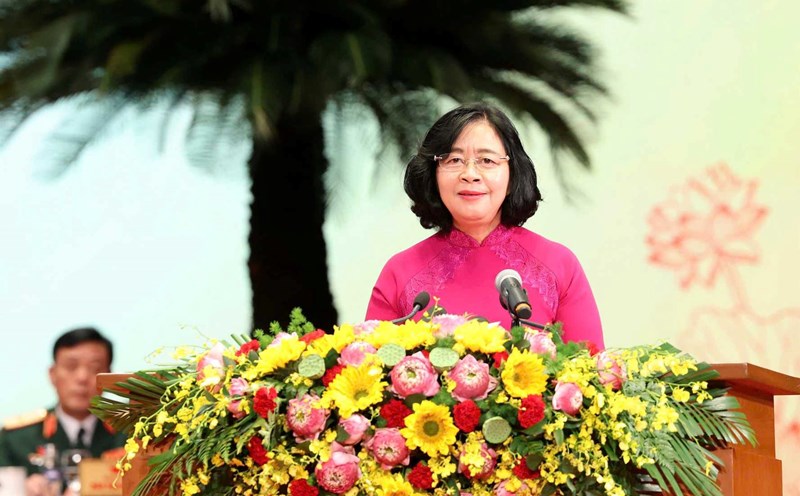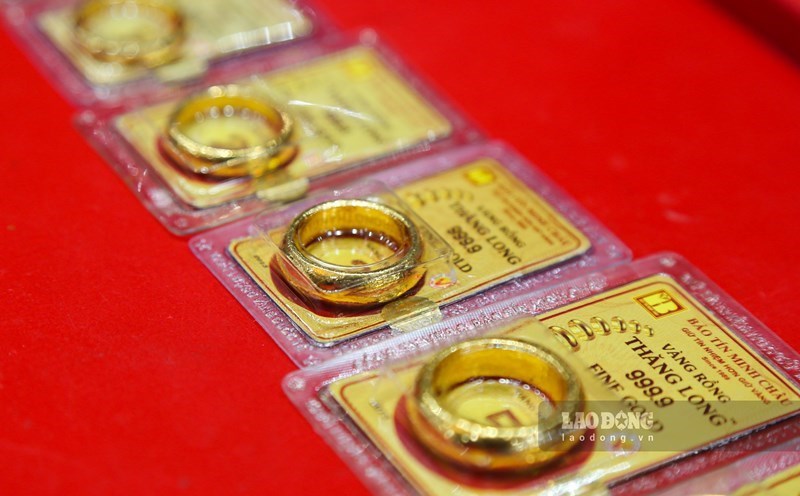The determined journey of a mother and child
In March 2023, patient H discovered a liver tumor, complications of a ruptured tumor, and had to undergo surgery at a provincial hospital. After that, H was transferred to the National Children's Hospital and underwent double pulse intervention. In April 2025, the patient continued to be treated at 108 Central Military Hospital but the tumors continued to grow, forcing him to be prescribed a liver transplant.
"The parents gave birth to the child, just hoping for the child to be healthy. When the doctor said I needed a liver transplant, I did not hesitate for a single second. I am young, there is a future ahead, I definitely have to save my child," Ms. Th - patient H's mother shared.
At first, H did not want her mother to donate her liver: "I'm afraid my mother will be in pain, I'm afraid my mother will have complications later." However, it was the mother's love and determination that gave her young daughter the strength to undergo terminal surgery.
Technical skills to overcome blood group barriers
The special thing about the transplant is that the donor and the recipient do not have the same blood type (mother of group B, child of group O). With the technique of liver transplantation of abnormal ABO blood type, the most important requirement is to reduce the amount of antibodies to antigen A or B in the recipient's serum, avoiding an immune reaction against the transplanted liver.
MSc. Dr. Nguyen Hoang Ngoc Anh - Department of liver - Emphatic Surgery, 108 Central Military Hospital - said: "Before the transplant, the patient was treated with Rituximab to relieve the sensation of violet and replace the tuong lai 3 times, bringing the antibodies to 1/8 - the safe threshold for surgery".
On the morning of October 7, before undergoing surgery, Ms. Th and her daughter encouraged each other. The surgery lasted 8 hours. Doctors had to deal with many difficulties because the patient had undergone surgery twice before, while the donor had abnormalities in the gallbladder. Thanks to the experience and smooth coordination of the surgical team, the transplant was a great success.
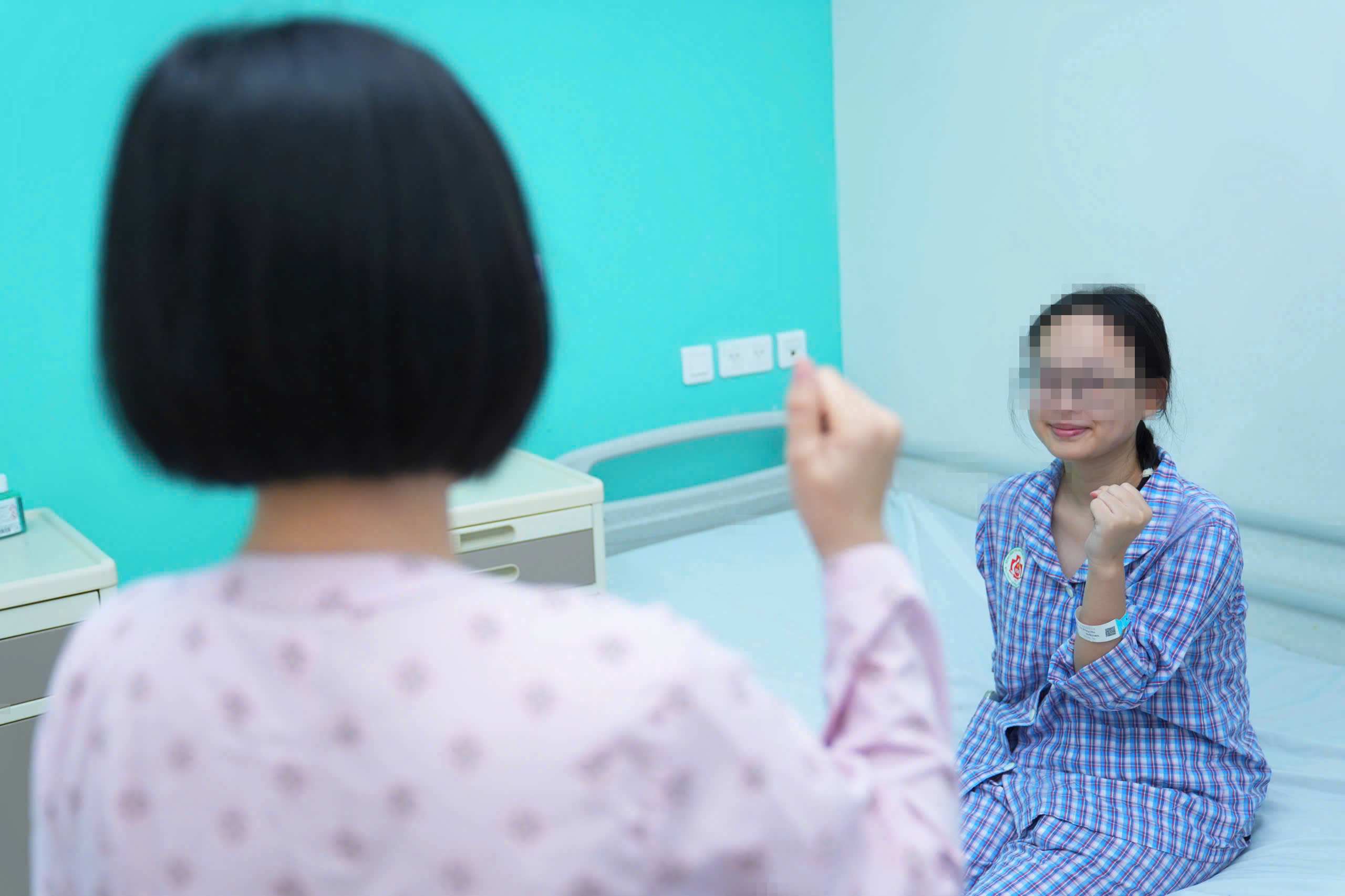
Associate Professor, Dr. Vu Van Quang - Deputy Head of the Department of liver - Thyroid Surgery, 108 Central Military Hospital said: "First, this case has had surgery twice, so there is a condition in the patient's abdomen. During surgery, we had to remove the sticker. Second, the patient has many tumors in the liver, so he should pay attention during surgery. For donors with medical abnormalities. When performing the mouth connection of the bioavailability on the piece, be careful to avoid leakage or narrowing of the bioavailability".
1 week after the transplant, the health of both the donor and the recipient was stable. The mother was discharged after 1 week, while H recovered well, had normal liver transplant function, and moved quickly.
Increasing the chance of survival for patients requiring liver transplants
According to experts, the technique of liver transplantation with River group homologue has opened up new hope for many patients when the source of donated organs is still limited. Previously, organ transplants of other blood types were contraindicated due to the high risk of transplant waste. However, thanks to advances in immun control, this technique has now been officially applied in many countries such as Japan, Korea, etc.
In Vietnam, organ transplants from source for nhom nhom nhom nhom have been performed on kidney transplant patients and on liver transplant patients in children, but have not yet been performed on liver transplant in adults. Although the immunity of adults is more complex in children and the number of liver transplant patients is increasing, the source of donated liver is limited, so the implementation of liver transplantation with different blood types helps increase the chance of survival for people who need a liver transplant.

